The largest battleships ever built were Yamato and Musashi of the Imperial Japanese Navy. These behemoths were triple the tonnage of some other battleships of their day and each one had three turrets, with three huge 18.1″ guns per turret. They also mounted numerous smaller guns to annihilate secondary targets.
They could outrange and outlast any ship of the line in World War II. Each ship was eventually sunk by aircraft carrier-based planes, proving that the aircraft carrier was now the true image of might in any navy during WWII and beyond.
In 1906 the British Royal Navy launched the 18,000 ton HMS Dreadnought. Its revolutionary design heralded the new age of the truly all-powerful “Battleship.
This new breed of battleships had an all steel design with very large caliber guns in rotating turrets. Despite being heavily armored, their powerful steam turbines enabled them to be incredibly fast, too.
The concept was quickly adopted by every major nation that could afford it. HMS Dreadnought had cost the equivalent of what in 2018 would be roughly 151 million pounds, sparking a huge and expensive arms race, especially between the British and the Germans.
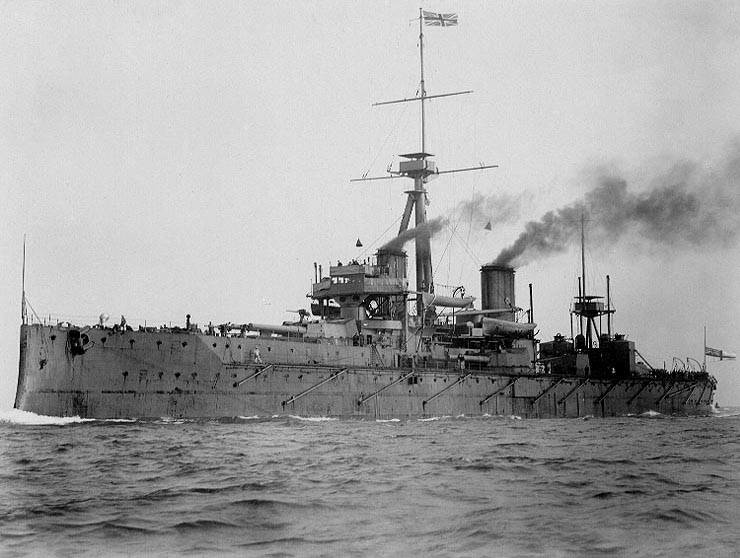
This resulted in even more refined versions, like the Imperial German Battleship SMS Baden, built in 1917, that weighed in at just over 32,000 tons.
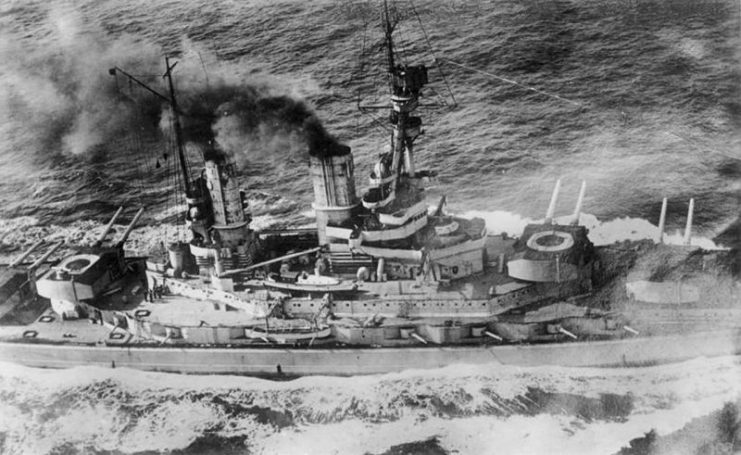
So for most of the war, neither side felt confident enough to commit them to a full scale battle. The exception was at Jutland in 1916, which was and still is the only large scale battle that involved a large number of battleships.
The battle itself was inconclusive, due to being fought at very long ranges. Both sides were hesitant to commit to a full-blown, head-on battle.
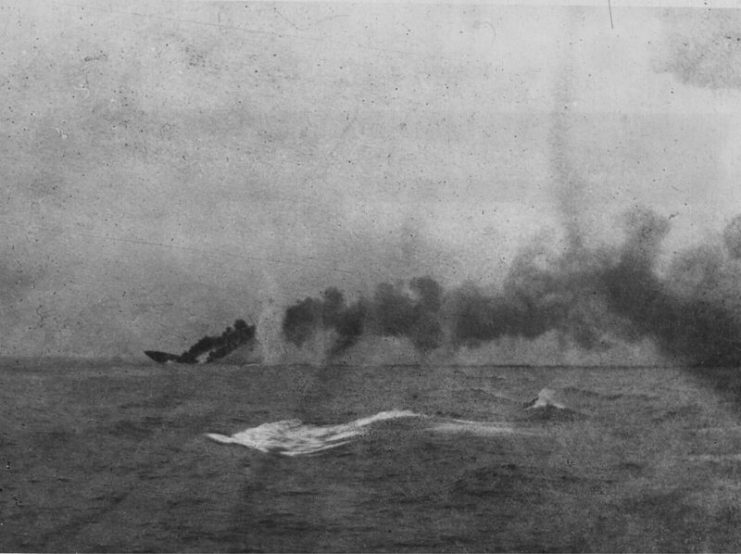
For example, the St. Vincent-class battleship HMS Collingwood needed a crew of 758 to keep her running while at sea. So in 1922, despite being only 12 years old, Collingwood was sold for scrap and sent to the junk yard for disposal.
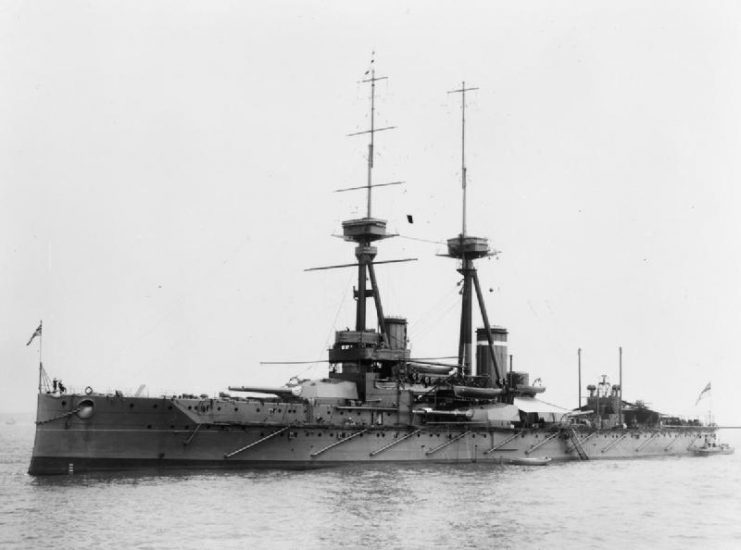
Despite this, technology still helped to further refine the battleship concept. Towards the end of this period, Germany re-established itself as a naval superpower with such ships as the advanced Scharnhorst (1939) and Bismarck (1940). At the same time, the United States and Japan began emerging as two other naval superpowers.
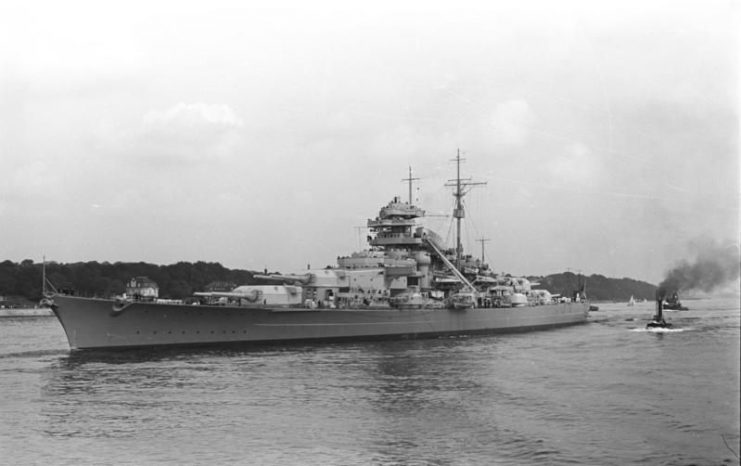
For in the 1920’s, the outspoken US Army officer William Mitchell set out to prove air power in the form of aircraft carriers could easily destroy the incredibly costly battleships.
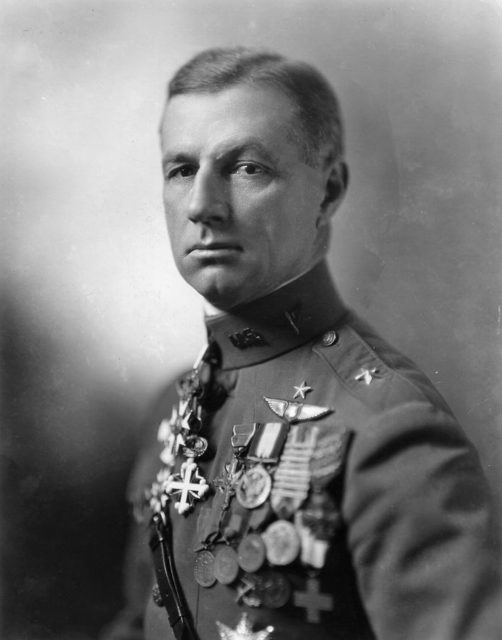
United States Army Air Service.
So at a time when nations were scaling back the production and development of battleships, why did the Japanese use valuable and scant industrial capacity to build the two largest battleships ever produced?
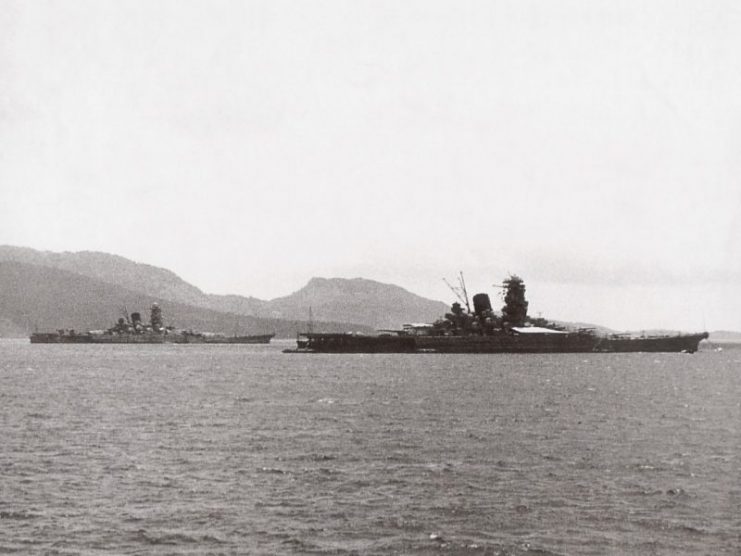
Japanese logic for building such ships was to counter the fact that the U.S. had a numerical superiority in battleships, something Japan could not hope to match. So they concluded that a bigger and better class of battleships would counter the numerical advantage that the Americans had.
Thus, they came up with the Yamato class of Japanese battleships. This class ended up comprising just two ships: Yamato and Musashi.

There was a third ship, but as soon as WWII started, realization dawned that aircraft carriers were what was going to win the Pacific war. Therefore the Japanese decided they would convert the third battleship before it was finished. It would become the Shinano, the largest aircraft carrier in the world at that time.
Another reason for going ahead initially with the Yamato class of battleships was Japan’s ingrained respect for such ships. They recalled with pride the Battle of Tsushima in 1905, which became legendary after the Japanese fleet had crushed the Imperial Russian fleet.
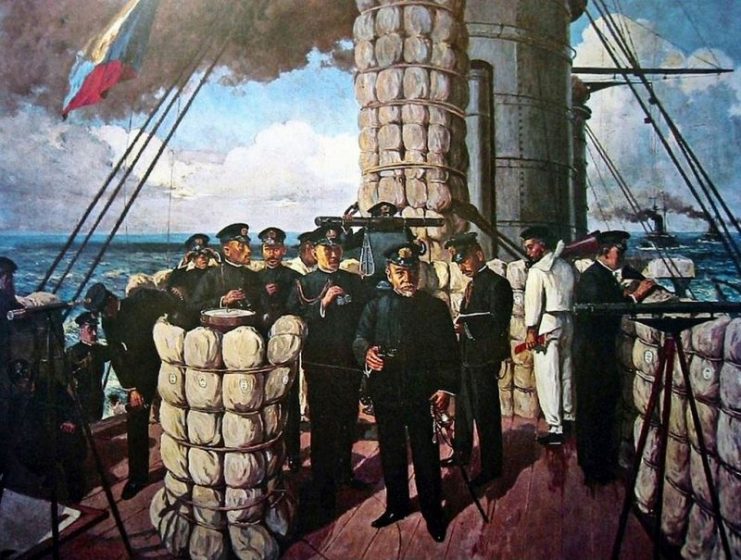
| Battle of Tsushima (1905) | ||
| Major Casualties/Losses | Imperial Russia | Japanese Empire |
| Battleships | 7 lost, 4 surrendered | – |
| Cruisers | 4 lost | – |
| Destroyers | 6 lost | – |
| Total Tonnage Sunk | 126,792 tons | *450 tons |
| Killed | Between 4,000 to 6,000 | Around 110 |
| Captured | Nearly 6,000 | – |
It is easy to see why such a decisive victory might influence thinking in the Japanese Navy for decades to come.
Although the big battleship concept was an important influence on Japanese Navy planning in the inter-war years, nevertheless the Japanese Navy was also forward-thinking, and started to build aircraft carriers as far back as 1921.
During the 1920’s Japan built Hosho, Kaga, and Akagi, and during the 1930’s they built seven more aircraft carriers.
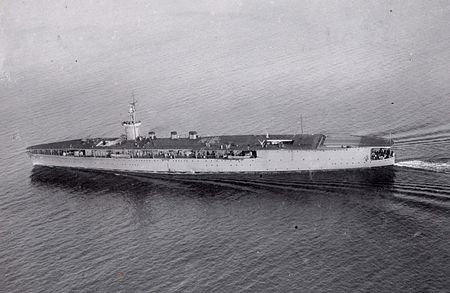
As if Pearl Harbor was not enough to vindicate the belief in the air-power that aircraft carriers could provide, just three days later Japanese aircraft attacked the British Z Force, sinking a battleship and a battlecruiser with very few casualties of their own.
| Early Carrier Air Power Victories | ||||
| Attacker/Target | Date | Attacker’s Aircraft losses | Target’s losses | |
| Battle of Taranto | Great Britain/Italy | Nov 12th 1940 | 2 | 3 Battleships damaged |
| Pearl Harbour | Japan/USA | Dec 7th 1941 | 29 | 4 Battleships sunk 4 Battleships damaged |
| Attack on Force Z | Japan/Great Britain | Dec 10th 1941 | 6 | 1 Battleship Sunk 1 Battlecruiser |
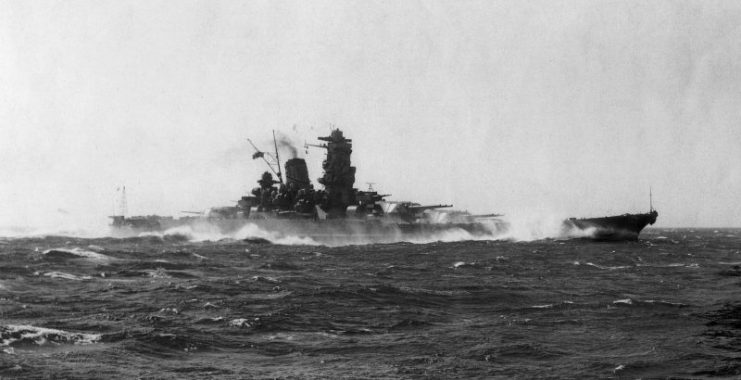
Yamato was laid down in November 1937 and was commissioned into service on December 16, 1941, just days after Japanese carrier-based planes had successfully attacked both Pearl Harbor and Z Force. Therefore Yamato arrived in service at a time when events were starting to raise questions about the usefulness of battleships.
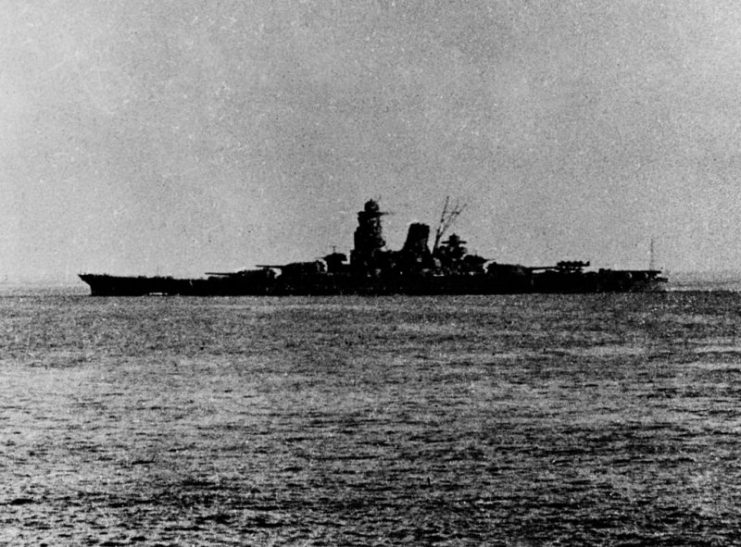
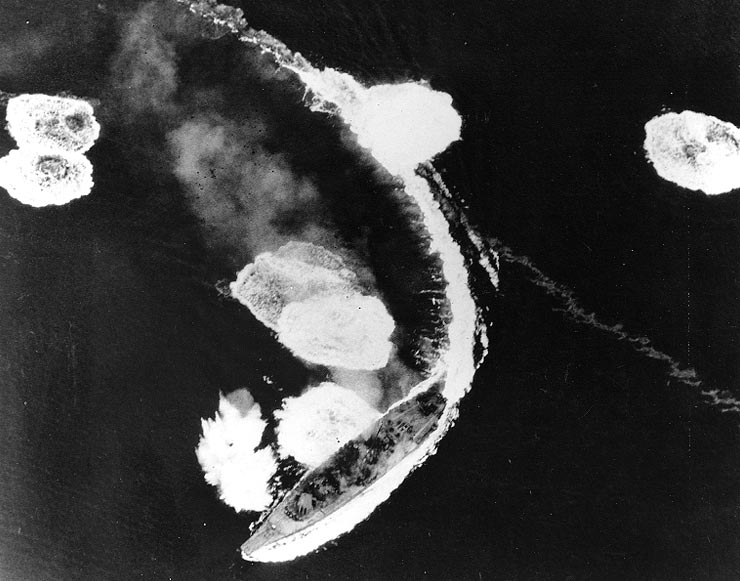
By the time Musashi was commissioned in 1942, the U.S. Navy was using the 275 mph Grumman TBF Avenger torpedo bomber that could be armed with either a 22.5-inch torpedo or 2,000 lbs of bombs.
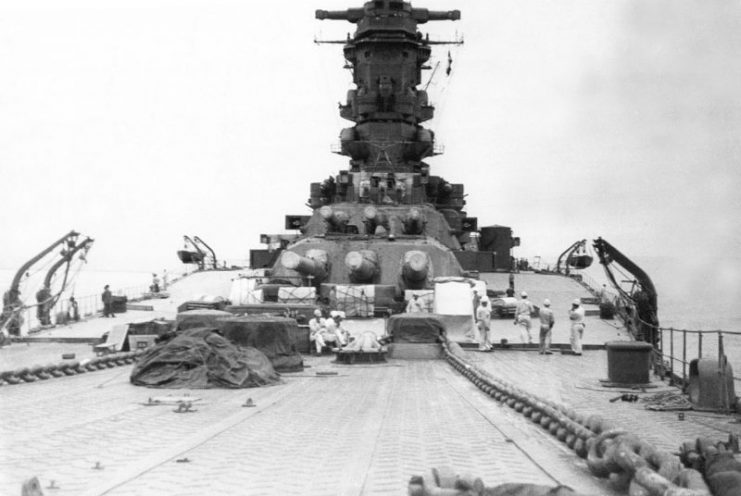
With aircraft carriers now dominating the Pacific theater, by 1945 the Yamato had no less than 166 AA guns!
| Landmark Battleships | |||||||
| Nationality | Year | Tonnage | Main Gun | Length | Crew | Speed | |
| HMS Dreadnought | British | 1906 | 18,410 | 10 x 12 inch | 527 | 750 | 24 mph |
| SMS Baden | German | 1917 | 32,200 | 8 x 15 inch | 590 | 1,271 | 24 mph |
| Bismarck | German | 1941 | 41,700 | 8 x 15inch | 823 | 2,065 | 34mph |
| Yamato | Japanese | 1941 | 65,027 | 9 x 18 inch | 862 | 2,650 | 31 mph |
| South Dakota | American | 1942 | 35,600 | 9 x 16inch | 680 | 2,364 | 31mph |
| *HMS Darling | British | 2009 | 8,500 | 1 x 4.5 inch | 500 | 191 | 35 mph |
| *For comparison The UK largest Major Surface Combat Ship in service today (2018) | |||||||
The ships had been built in secret and amazingly, the Allies were totally unaware of their existence until 1942. U.S. Intelligence was shocked that ships like this could have been built without their knowledge.
Yamato and Musashi in the war
But the Japanese quickly became afraid to deploy these new battleships, even being reluctant to allow them out to do patrols. The Japanese High Command was forever fearful of Allied submarines or aircraft carriers attacking them. Also later on in the war, there was simply not enough fuel available to run them regularly, so both ships spent most of the war inactive, berthed at various “safe” naval bases.This fear and hesitation was further reinforced when Yamato was badly damaged by the U.S. submarine Skate in December 1943. Then in March 1944 Musashi was damaged by the U.S. submarine Tunny.
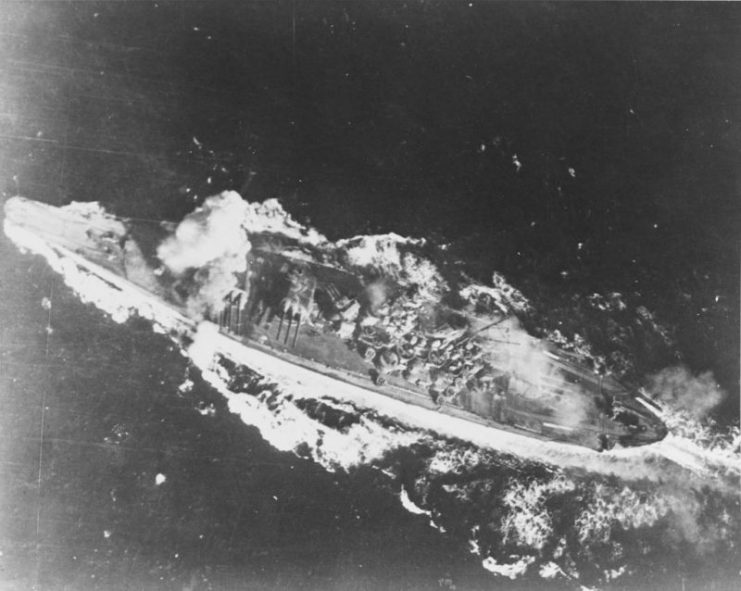
Then on October 23-26, 1944 Yamato took part in the Battle of Leyte Gulf and for the first time saw real combat. During the battle, Yamato managed to help sink the escort carrier USS Gambier Bay and the destroyer USS Johnston.
But the Yamato herself was badly damaged by aircraft from the U.S. carriers Intrepid and Cabot, though she did manage to return to port.
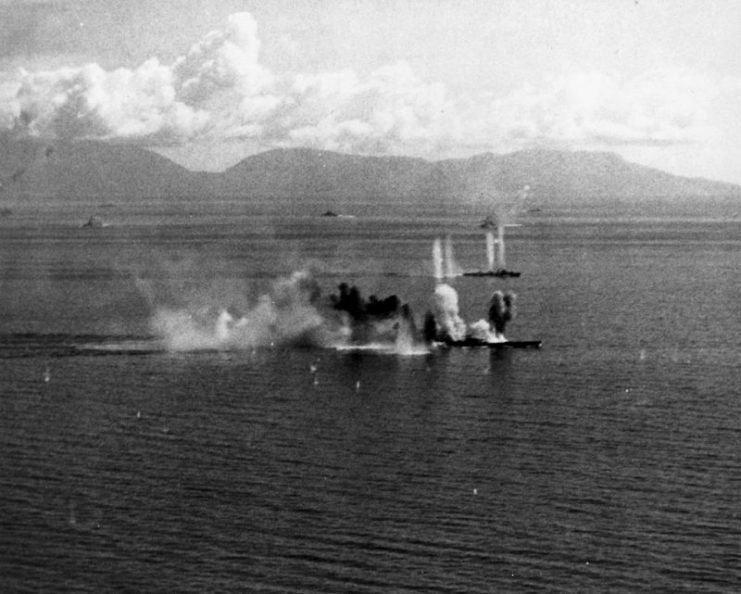
As for Yamato, it did not venture out again until April 1945, when Nazi Germany was on the eve of surrender in Europe. Japan sent out a large fleet of warships headed by Yamato to attack Allied shipping engaged in the Battle of Okinawa. It was an act of desperation that was almost suicidal since the task force had little to no air cover.
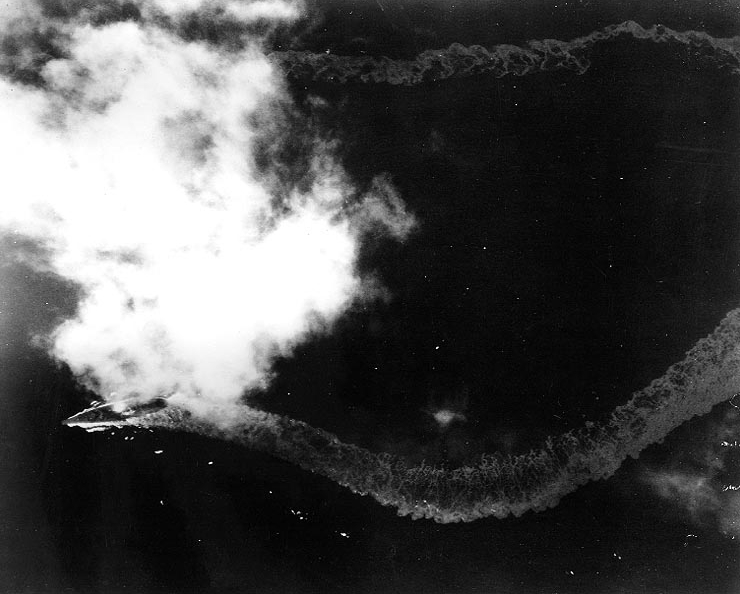
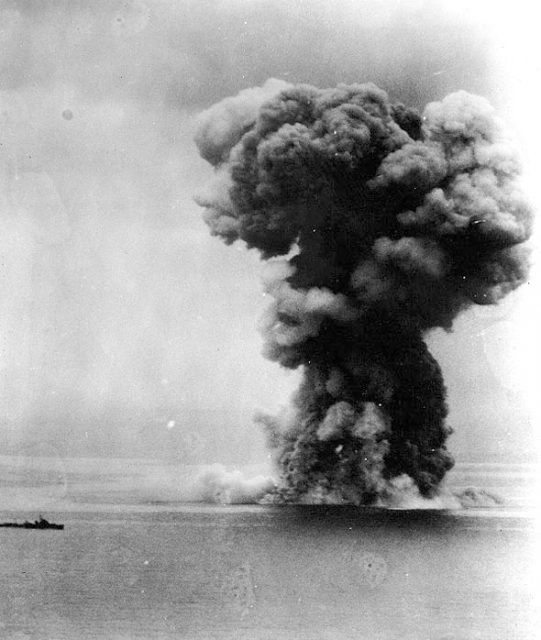

I'm lucky that I can tell a cruiser from catamaran, so I find this kind of stuff fascinating. Thanks for the great info and please keep it coming..........
ReplyDeleteHey Tam;
DeleteOf course, I like history...but it will be spaced out with personal stuff, gun stuff, political stuff, and some military stuff. I blog to keep from getting sent to Zuckertraz, LOL
Adm. Yamamoto was overruled by the Army Generals. The Generals wanted a fleet to support their land forces. When Yamamoto asked for more carriers he got another but larger battleship. As it turned out, the Yamoto was barely anything more than a troop supply ship.
ReplyDeleteThis post is timely, just today I watched a video about the naval actions at and near Leyte Gulf.
Rick
Hey Rick;
DeleteThe Japanese would have done better if they didn't have the inter-service rivalry thing going on. I thought we had it bad back then, the Japanese were worse, they even beat the Germans on the "turf war". The Army was the ones that pushed the "incident at the Marco Polo Bridge" and the further excursions into China. The Navy was more reluctant to get involved.
Actually only Iowa is in the White Fleet. New Jersey is not, AFAIK. I have been aboard IJN Mikasa, they have restored it and it is available to tour in Yokosuka, JA. The open bridge picture you used IS correct!!! Absolutely amazing they would just stand out in the open like that!
ReplyDeleteHey Old NFO;
DeleteMy Bad, I thought it was 2 of them. It is on my bucket list to check out the U.S.S Olympia and the IJN Mikasa. As I understand it, Admiral Nimitz was instrumental in saving that ship after WWII. I also had another picture of the same kind of thing..I gotta find it, LOL